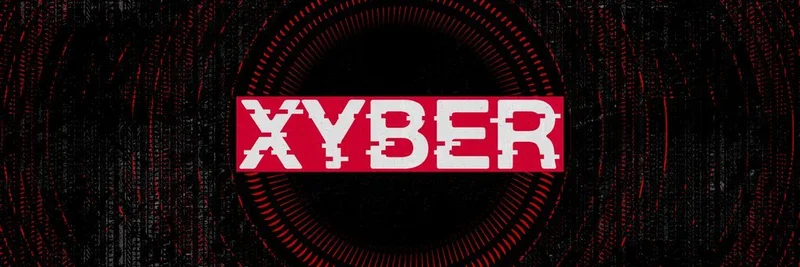Hey there, crypto enthusiasts! If you’ve been scrolling through X lately, you might have stumbled upon an intriguing thread by Nick White (@nickwh8te) posted on July 1, 2025. In it, he dives deep into the hot topic of using centralized sequencers in decentralized exchanges (DEXs) and the tradeoffs involved. As someone who’s spent years covering blockchain tech at CoinDesk and now digs into meme tokens at Meme Insider, I couldn’t resist breaking this down for you. Let’s unpack Nick’s take and see what it means for the future of crypto trading!
What’s the Buzz About Centralized Sequencers?
For those new to the game, a sequencer in a blockchain context is like the traffic cop for transactions. It decides the order in which trades happen, especially in Layer 2 solutions that boost speed and efficiency on top of networks like Ethereum. Nick argues that using a centralized sequencer—where one entity controls this process—could be a smart move for DEXs, despite the pushback from those who prioritize censorship resistance (the ability to operate without being shut down or manipulated).
He highlights three big wins: latency (faster trade execution), verifiability (ensuring no one cheats), and permissionlessness (anyone can trade without KYC hurdles, like on platforms such as Hyperliquid). The trade-off? A potential hit to censorship resistance. But Nick suggests this might not be as big a deal as it seems, especially if transparency and user mobility keep the system honest.
The Tradeoff Debate: Why It Matters
Nick’s point is that no system is perfect—you’ve got to pick your battles. A centralized sequencer can make trades lightning-fast, which is a huge draw for traders who hate waiting. Verifiability ensures your funds stay safe and non-custodial (you hold your own keys), while permissionlessness opens the door to listing new assets without red tape. Sounds great, right?
But here’s where it gets tricky. If a centralized sequencer can censor or manipulate trades, users could be at risk. Nick counters this by saying that transparency lets users spot foul play and leave the platform, making censorship a losing move for the operator. He even tosses in a clever fix: using Layer 1 (L1) features like inboxes to limit the damage if censorship happens.
Pushback and Counterpoints
The thread didn’t go unchallenged! Other users, like @funjoza, raised valid concerns. Censorship resistance isn’t just a nice-to-have—it’s what keeps permissionlessness alive when the heat’s on (think government crackdowns). If users can’t detect subtle censorship quickly or coordinate an exit, they’re stuck. Plus, even with verifiability, a sequencer could reorder or delay trades, and by the time it’s caught, the damage is done. Adding L1 inboxes to boost resistance might also slow things down, eating into that latency advantage Nick loves.
Nick responded by rethinking the link between censorship resistance and permissionlessness. He suggests moving the sequencer to a friendlier jurisdiction or making the sequencer role itself decentralized if regulators step in. It’s a flexible approach, but it leaves room for debate—can you really outrun regulation that easily?
What This Means for Meme Tokens and Beyond
At Meme Insider, we’re all about keeping you in the loop on how tech shifts impact the wild world of meme tokens. Centralized sequencers could turbocharge trading for hot tokens like Dogecoin or Shiba Inu, making DEXs more competitive with centralized exchanges (CEXs). But if censorship risks spook users, it could drive them back to fully decentralized platforms. The market will indeed decide, as Nick says, and watching how meme token communities react could be a key indicator.
Final Thoughts: Flaws to Watch For
Nick’s take is thoughtful, but let’s poke at a few potential flaws. First, relying on users to “leave” assumes they have perfect info and alternatives—not always true in a panic. Second, moving a sequencer to dodge regulation sounds neat, but jurisdictions are getting savvier with cross-border rules. Finally, the transparency fix hinges on real-time monitoring, which might be tough for average traders.
What do you think? Drop your thoughts in the comments or hit up the Meme Insider community to join the convo! As blockchain tech evolves, balancing speed and security will keep us on our toes. Stay tuned for more insights right here!

